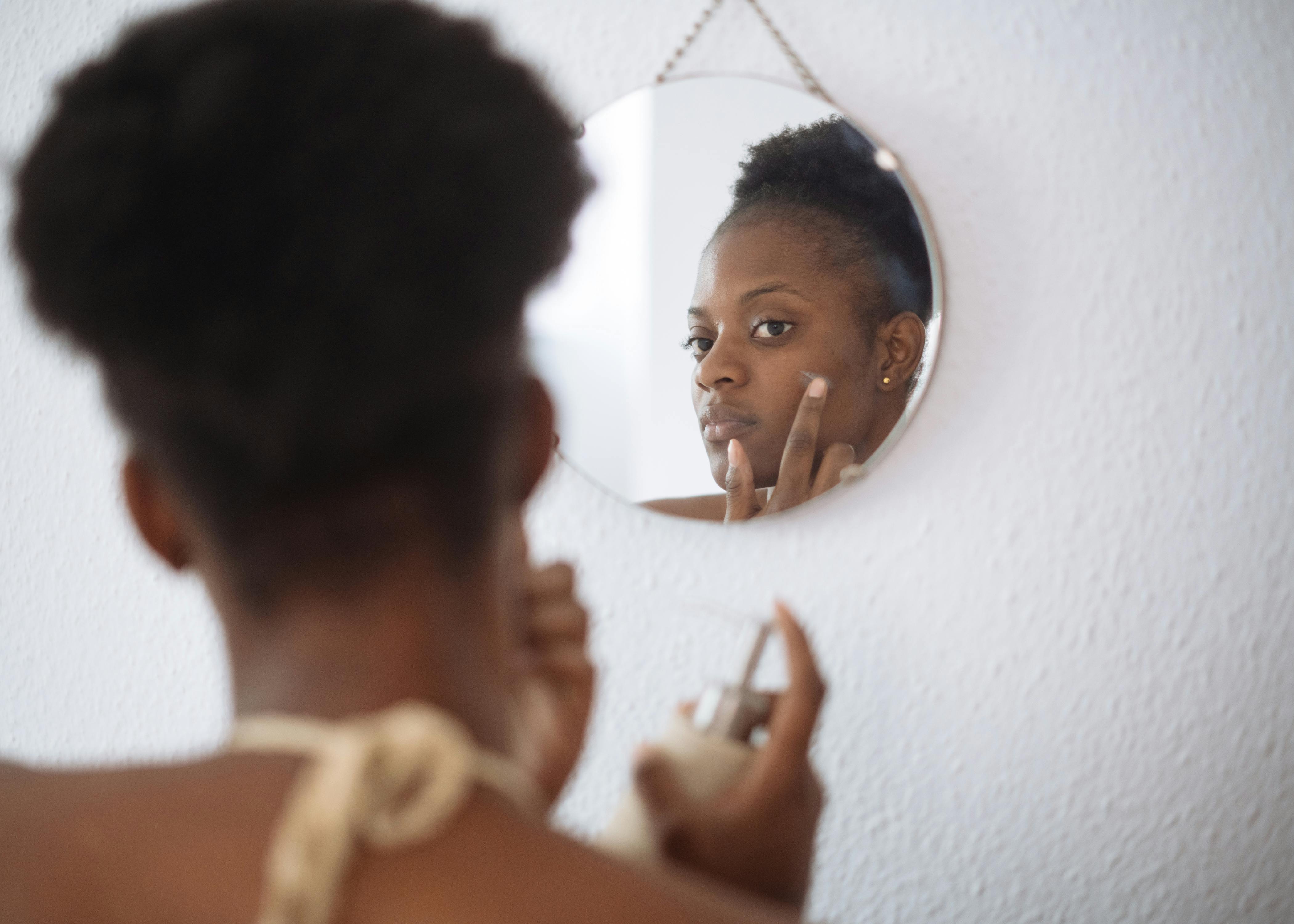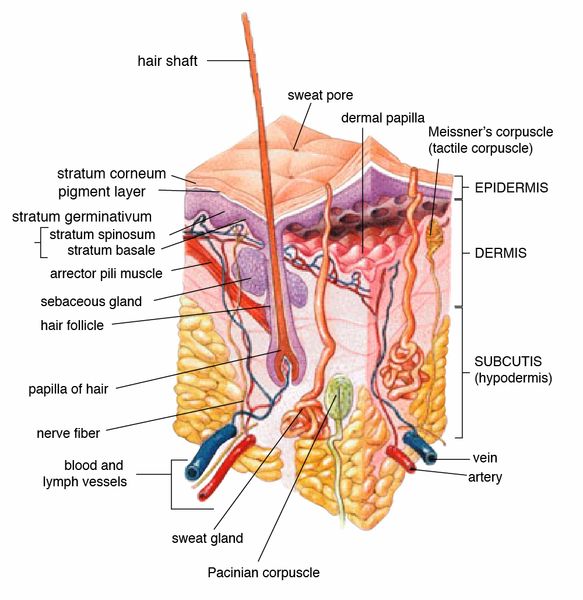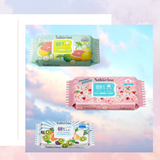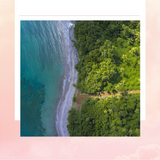Acne: Causes, Treatment, and Tips
Posted on November 04 2020
Introduction
We’ve talked a bit about acne before, but it’s certainly important enough to explore further. Acne isn’t strictly harmful, but it is a skin problem that can cause a lot of emotional distress. Clear skin is a great confidence booster, and many of us have gone too long not remembering what their skin looks like without blemishes. Let’s look into what causes acne and how it might be treated.
What causes acne?
Sebum is the oil that sebaceous glands in pores naturally produce to protect and moisturize the skin. When something (like makeup or sebum plugs) clogs the pores, the sebum builds up. The built-up sebum encourages bacteria to reproduce in the pore, which causes inflammation. This is what causes acne. Everyone knows about the pimple, the cyst, the blackhead, and the whitehead. Those with the most severe acne know about the nodule (tender lumps beneath the skin’s surface, and there are also papules (smaller, more sensitive red bumps), though most people just classify those as “pimples.” If you have a skin condition or disease, a keratin plug can form. Keratin plugs are a dead keratinocyte (which is a skin cell that produces keratin), melanin, and keratin. Blackheads and whiteheads are classified as “comedones,” and treatment for them is often different than other forms of acne.
Because teenagers undergo hormonal changes that influence sebum and skin cell production, acne can be common. Adult acne that doesn’t improve with age is a persistent problem, however, and not just for those of us with oily skin. For both teenagers with acne and adult acne sufferers, targeted skincare treatments and sometimes even acne medication are necessary for calm, healthy skin.
Possible Treatment Methods
There are so many skin treatment options to choose from, and no guarantee that a given method or product will work with your skin type. There are a few basic methods of fighting acne, though, that you can group these diverse treatments into. You don’t have to pick just one! Many people try several products and methods at once. It’s a good idea to patch test new products and incorporate them into your skincare routine slowly.
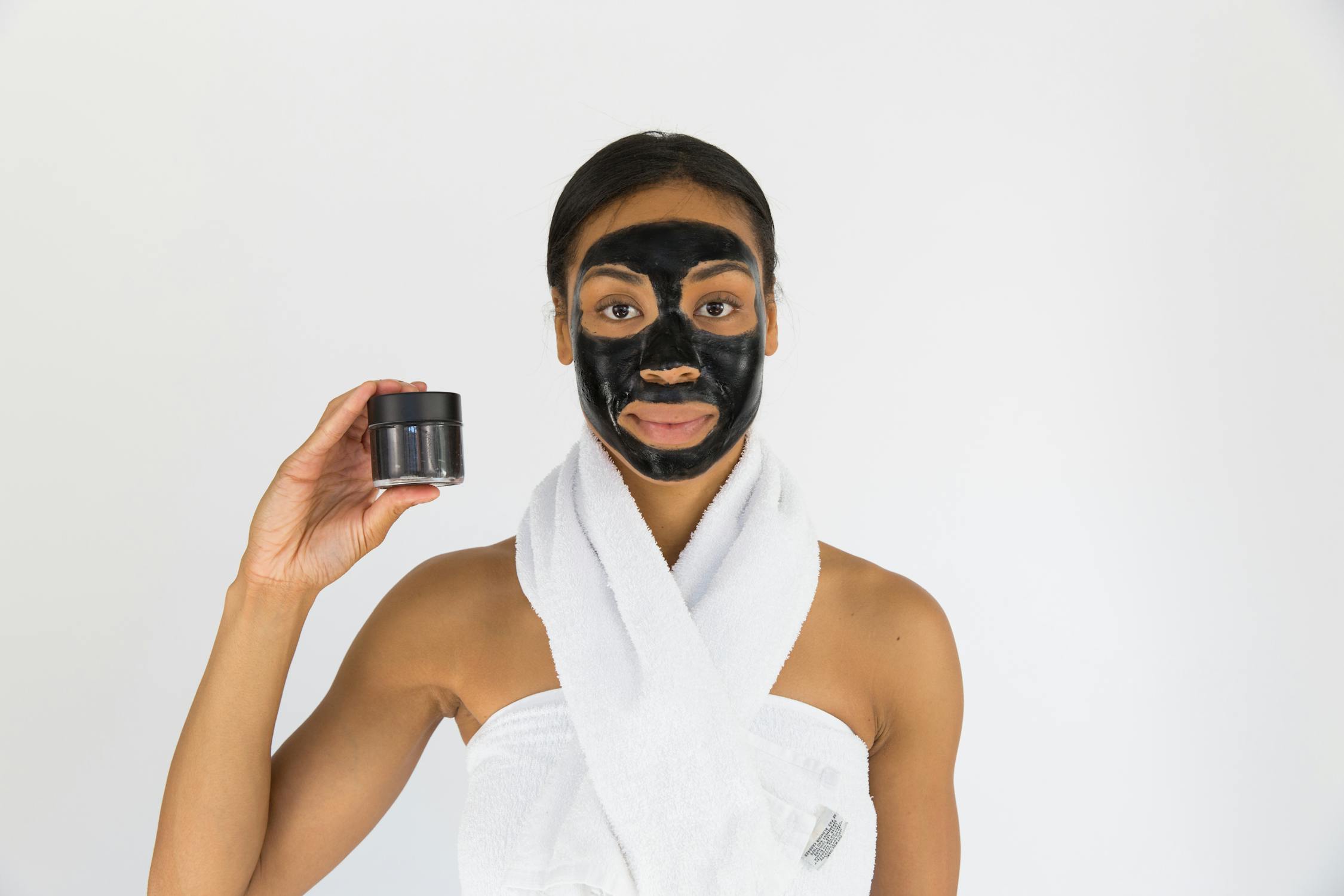
Method A: Masks, Peels, and Other Exfoliators
Because the clogging of pores is one of the main causes of acne (that dermatologists are aware of), most acne treatments and regimens have an emphasis on exfoliation. Products that exfoliate dead skin help get rid of damaged skin cells and scars that are left after inflammation, as well as get rid of the source of clogged pores (dead skin and excess sebum). Acne scars and post-inflammatory hyperpigmentation (PIH) are part and parcel with chronic or severe acne, so this method is a solid method to try.
Masks (or “packs,” in J-Beauty, as opposed to sheet masks) are widely used by people interested in skincare, and are a good way not only to seep nutrients into the skin over time, but also to absorb debris in pores, oil, and dead skin cells. Clay and charcoal masks are renowned for doing this. Because clay and charcoal masks absorb oil, though, they can be drying. If you have dry skin, less strong white clays, pink clays, and kaolin clays should be a better bet than stronger sea clays, bentonite clays, or zeolite clays, for example.
Scrubs and microfoliants are products with abrasive particles in them. The idea is to put them on and scrub your skin until the abrasive particles rub your dead skin off. The American Academy of Dermatology doesn’t recommend you use them every day, but they can be just what the doctor ordered to prevent the occasional breakout and create brighter, more even skin. They’re also easy to personalize to your skin needs and sensitivity. The more water you add and the softer you scrub your skin, the gentler they are. Even if your scrub is made of ground pumice and concrete, you can make it gentle. Plus, you can even make one yourself! I usually just make a paste with baking soda and water. More expensive scrubs will have more additional nutrients, though. Skincare gurus recommend chemical exfoliants over masks and scrubs if you’re more concerned with acne than the average person.
Chemical exfoliants and treatments like those that use beta hydroxy acids (BHAs) and alpha hydroxy acids (AHAs) or benzoyl peroxide are what you’ll often see recommended for acne sufferers. Some are more or less harsh, so to choose which one to use, you’ll need to keep your skin type in mind.
BHAs aren’t very harsh and include salicylic acid and betaine salicylate, and dissolve obstructions like sebum plugs and sebaceous filaments in your pores. They can also help reduce excess oil on your skin. If you see your skin drying, keep in mind that you don’t have to use it every day. Going slow and just using it once or twice a week is absolutely fine.
AHAs loosen dead skin cells, so there will be less there to make their way into your pores. This also speeds up healing of scars and thickening of skin, making it stronger in the long term. If “alpha hydroxy acid” sounds intimidating, keep in mind that a lot of them are derived from nature. For example, lactic acid (found in milk) and mandelic acid (from almonds) are popular and more gentle on sensitive skin. AHAs do make you more sensitive to UV damage, so wearing (noncomedogenic and nonacnegenic) sunscreen is even more of a must.
Benzoyl peroxide is quite strong and drying, but it will absolutely blast the oils and obstructions out of your pores. If you use it, not many (if any) other exfoliants are needed in your routine. Keep in mind that using it too much (especially as a spot treatment) can leave chemical burns, and that it bleaches fabric and hair. It also makes you more sensitive to sun damage.
Azelaic acid, an acid found in grains, has anti-inflammatory and anti-microbial properties. It’s also one of the most gentle chemical exfoliants (depending of course on the product and concentration). The anti-inflammatory nature treats not only acne, but also rosacea and other sorts of redness.
Retinoids, also known as vitamin A and its derivative chemicals, help keep acne from forming as well as exfoliate the skin. They vary widely in harshness, so many skin types can find their retinoid match among retinoid products.
There are quite a few more chemical exfoliants to choose from outside of the ones detailed above (such as tea tree oil, for example), so it’s a good idea to look into more varieties and products before choosing.
Skin peels, especially professionally done or chemical, damage the skin to a degree that it blisters and peels off. This is sort of a nuclear option for exfoliation needs, and should only be used if you’re used to what less harsh exfoliants do to your skin. For people with deep, cystic acne or acne nodules and deep acne scars, it can be singularly beneficial. Peeling off skin as it detaches can leave scars of its own, though, so ask yourself if you’d be able to resist doing that. I know I couldn’t.
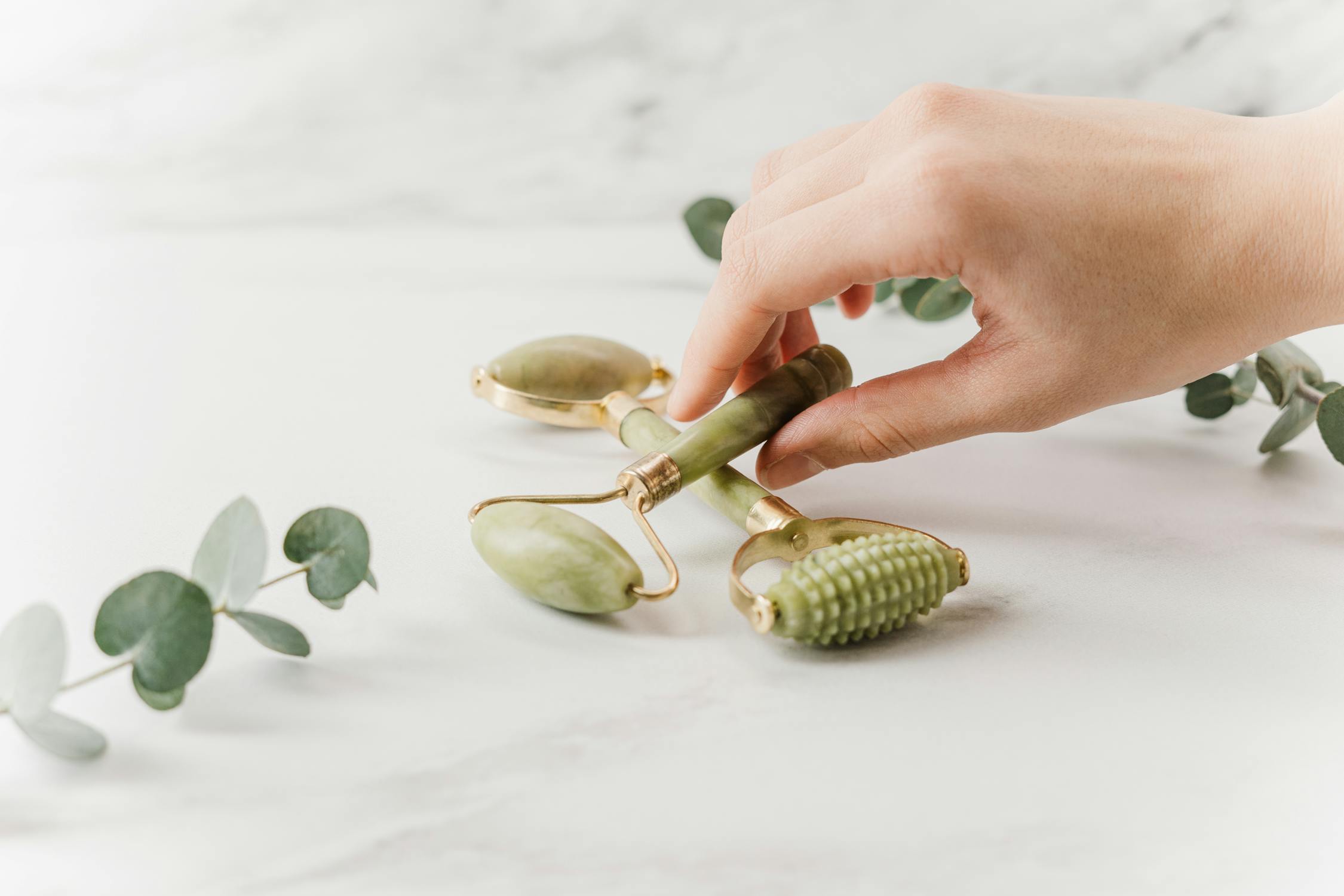
Method B: Products that Otherwise Increase Blood Flow to the Skin
Something that doesn’t directly cause acne, but has a general negative effect on skin, is poor circulation to skin. Blood brings nutrients (like collagen, zinc, and vitamins) to the skin and takes away cellular waste products. It plays a role in healing infections involved in acne, the healing of scars, and the correction of discoloration.
Many of the chemical exfoliants mentioned earlier stimulate blood flow, but others are more focused on increasing blood flow in general. Good circulation is primarily connected to exercise and a good, nutritional diet, but sometimes a little help from skincare products is nice.
One method that is popular in Japan is facial massages, especially using facial massage rollers. Opinions are divided on whether massaging your skin too hard can exacerbate wrinkles, but if you massage your face gently, it theoretically should not be a problem. Researchers in Japan found that massage rollers can increase circulation ten minutes after the massage, and keep blood vessels more active and responsive with regular use.
Other skincare products, including those with natural ingredients, can stimulate skin and provide other benefits at the same time. There are various serums, toners, and masks that pique the skin and get the blood flowing. A cheaper method is simply to take a high enough dose of niacin (vitamin B3) to temporarily dilate blood vessels. I know that it’s only anecdotal evidence and that correlation doesn’t equal causation, but I have seen a marked improvement in my complexion after stimulating my blood circulation with niacin each night (though that could be because I took up using these products that Cosme Hunt offers!)
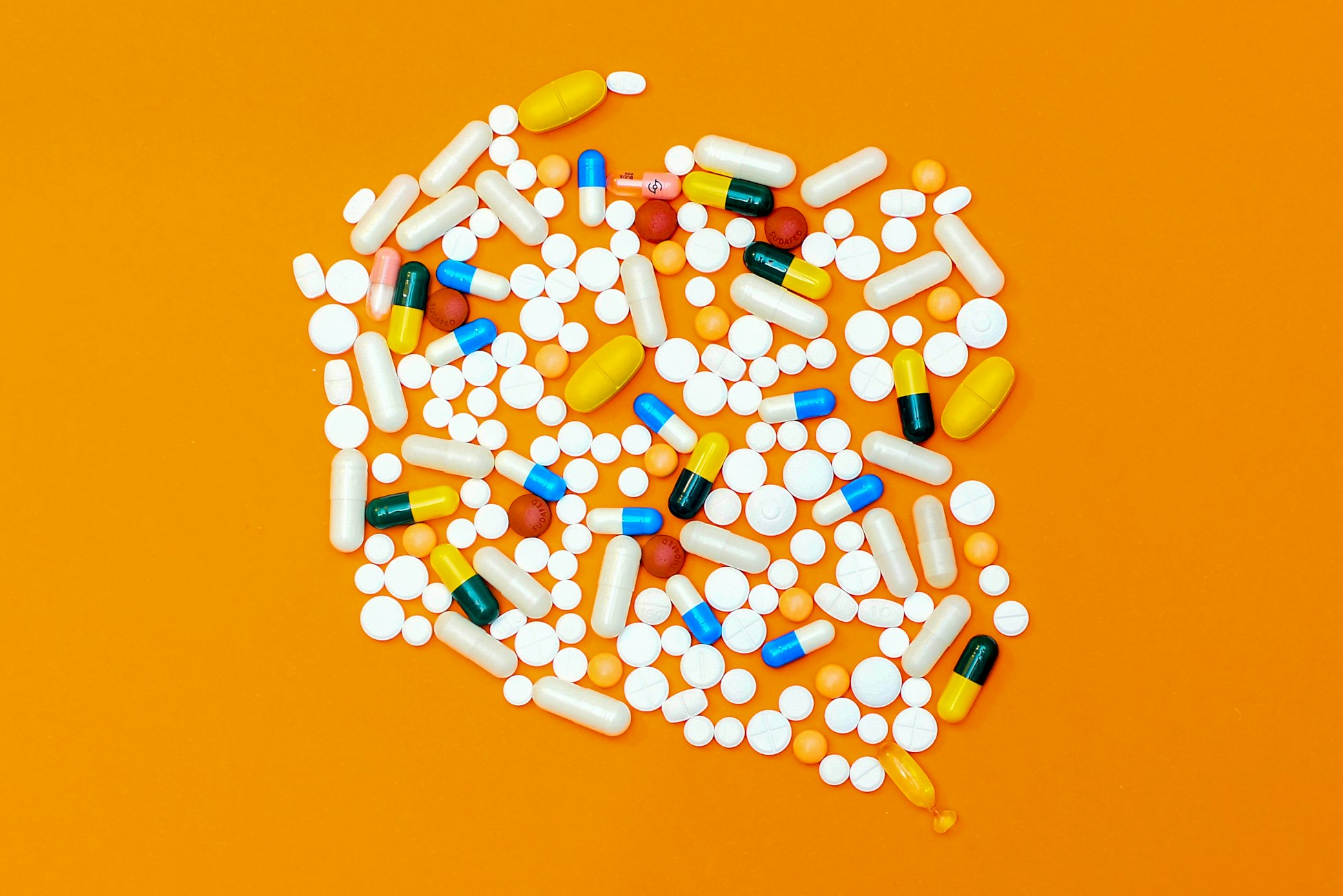
Method C: Antibacterials
The bacteria species that often infect clogged pores can be killed off with antibacterial treatments. It is necessary to contact a dermatologist to try the antibacterial route, but the simplicity of just taking one pill or using one topical treatment gives this route a certain appeal. In my experience, though, the antibiotics tend to lose effectiveness over time.
Antibacterials can have unintended consequences, too. Many other bacteria in your body, some of which are beneficial, like lactic bacteria and even one of the bacteria that cause acne, may be decreased. This will lead to the bacterial cultures in your body getting used to the antibacterial treatments (antibacterial resistance). If you want to fight a more serious infection with a similar antibacterial later on, you may find that antibacterial resistance makes it less effective.
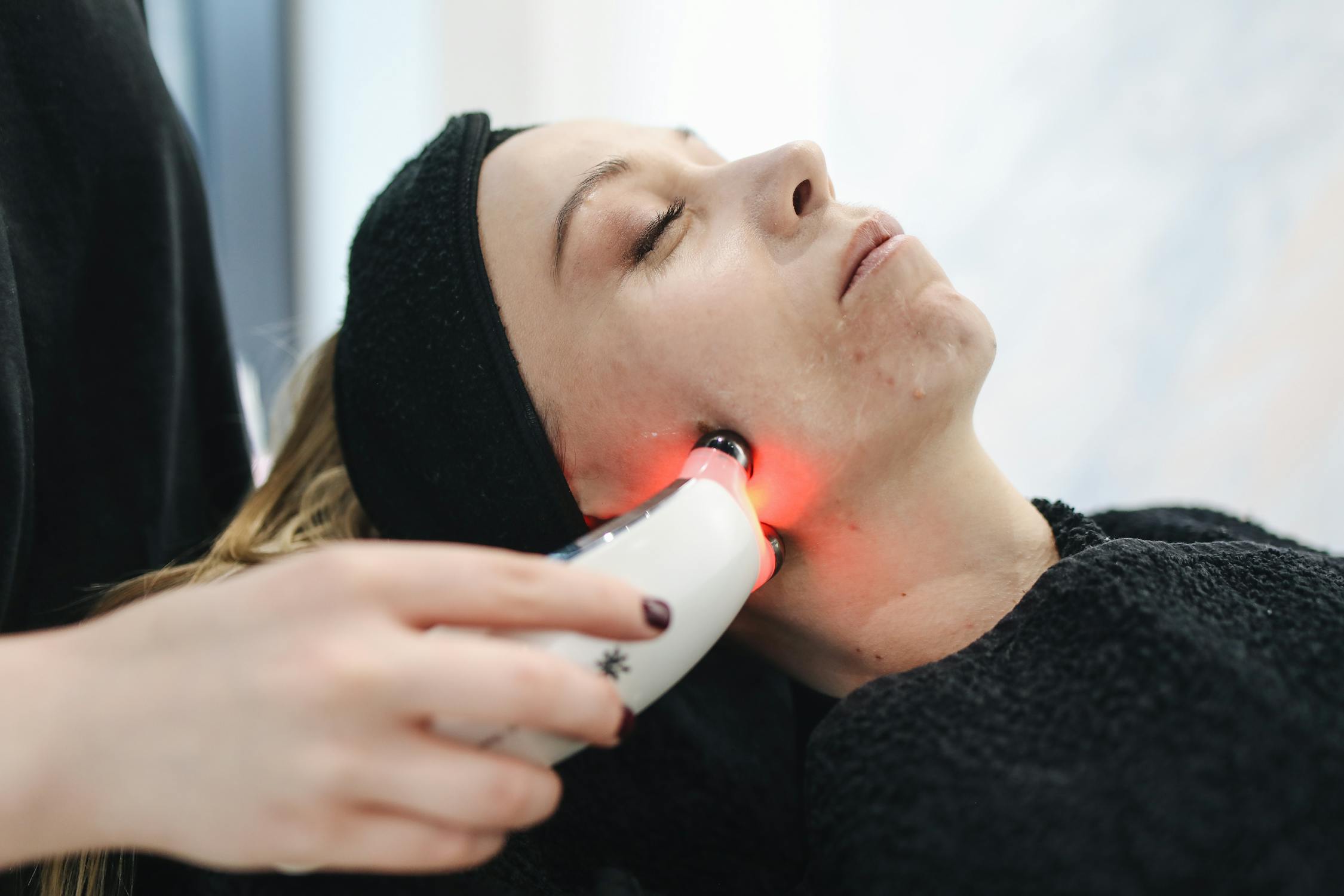
Method D: Light and Laser Therapy
This is relatively new as a method of treating acne, and there is little research and scientific literature on the subject. The American Academy of Dermatology has found that significant improvements are possible with patients with severe acne using light and laser therapy, though it isn’t a panacea and takes time. Different light frequencies counter different types of acne. Visible and infrared light treats pimples over time, while photodynamic therapy is for cysts and nodules. Whiteheads and blackheads are best countered with photopneumatic therapy. There are some at-home light therapy devices on the market, but most of the time, you’ll need to visit a dermatologist.

Method E: Hormonal Therapy
Hormonal therapy regulates the hormones that control oil production. They need to be prescribed by your dermatologist and they’re unfortunately only intended for female-bodied people, but they can be very effective. From what I can see, there are basically two types of hormonal therapy—oral contraceptives and spironolactone—and both have possible side effects and risks. Oral contraceptives (a.k.a. Birth control pills or “The Pill”) can increase risk of weight gain, heart attacks, high blood pressure, and blood clots. Spironolactone can have the side effects of more painful and severe period cramps, bleeding, and bloating, as well as painful and swollen breasts. It sounds pretty bad, but most of the time, you won’t experience side effects. Either that, or they won’t be severe. Once again, though, you and your dermatologist will decide whether hormonal therapy is right for you.
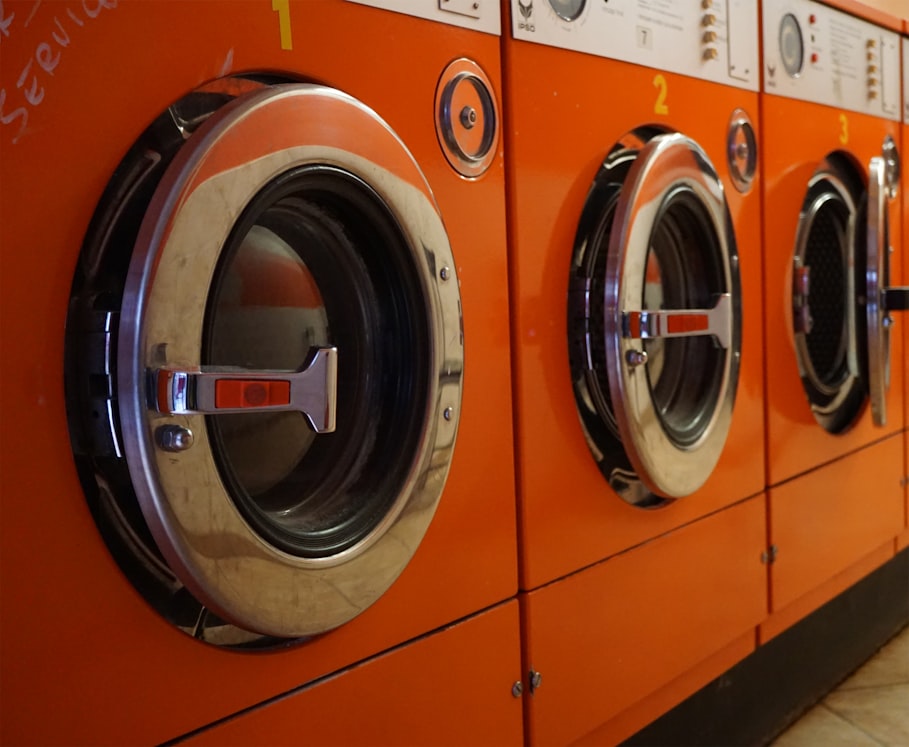
Assorted Tips and Tricks
- Wash your sheets (especially your pillowcase), jewelry, phone, earbuds, razors, beauty blenders, makeup brushes, and anything else that touches your skin.
Sebum and dead skin cells aren’t what always clog your pores, and sometimes bacteria that cause inflammation can come from the outside. If it touches your face, you want it to be clean.
- Avoid foods high on the glycaemic index.
Studies have shown that foods high on the high glycaemic index spike excess insulin to deal with the spike in blood sugar. Excess insulin leads to more sebocyte activity, which leads to more sebum, which leads to more acne. In short, certain carbs lead to oilier skin.
- Eat foods rich in zinc, omega-3 fatty acids, and antioxidants (especially vitamins A and D).
I’ve already written an article on nutrition and acne. Go ahead and check it out!
- Don’t touch your face or pick at/pop your acne.
Your fingers are dirty, too. You may create more acne by touching your face and introducing more microbes to your skin, and you could be forcing oil and microbes down farther into the pore, making it come back bigger and redder. Acne is your body’s attempt to heal infections and blockages, and attempting to get rid of everything in the pore, including white blood cells fighting infection, slows healing. You may also cut your skin, creating the possibility of more infection.
- Talk to a dermatologist if it’s severe.
I’m just someone on the Internet, I don’t have a degree in dermatology ‒ talk to an expert!
- Get noncomedogenic and nonacnegenic makeup and sunscreen.
Sunscreen, while essential for healthy skin, can clog pores if it’s not designed with acne sufferers in mind. Makeup can aggravate acne as well. Not all makeup is created equal.
Some J-Beauty Products That May Help Acne
 Vitamin C with Caviar Lime Booster Serum
Vitamin C with Caviar Lime Booster Serum
Though Boscia was started in New York, it is owned by Japanese company FANCL. This serum contains 10% ascorbic acid (L-AA, vitamin C), and lactobacillus ferment (an anti-inflammatory and anti-microbial ingredient). Vitamin C is a gentle exfoliator and antioxidant that can help fight environmental aging and damage. I see this as being more beneficial to those with mild acne, in the acne-fighting department. However, everyone needs a little vitamin c on their skin, in my humble opinion.
Tsururi Point Clay Pack Peel Off Mask
This product has several features that are useful to those with oily, acne-prone skin: strongly absorbent and circulation-stimulating Morrocan red clay, skin-tightening witch hazel, and hydrating elements to help you not be too dried out by the mask. I’ve tried it before in Japan, and it’s pretty good! I see it as an exfoliant and toner 2-in-1.
Rohto Mentholatum - Acnes Creamy Face Wash
This cleanser has vitamins E and C, the powerful antiseptic isopropyl methylphenol, and the AHA lactic acid. This line of products is specifically aimed towards fighting acne, but contains soothing elements like olive and licorice extract to make sure your skin isn’t irritated or dried by all the acne-fighting power.
Skinvill - Hot Facial Cleansing Gel
Here’s another cleanser with vitamins E and C, but this time it also has vitamin A derivatives! Remember how it keeps acne from forming and exfoliates skin? It’s a little on the expensive side, but the multivitamin delivered straight to your skin can’t hurt its health and youthfulness!
To find out more, visit our website!

Lauren Goff
A writer for Cosme Hunt. Spent two years teaching English in Japan, and is curious about skincare products. Lives in America now, but is still in love with Tohoku. You can find her short stories and essays on The Vortex Magazine of Literature and Art and Cirsova.

